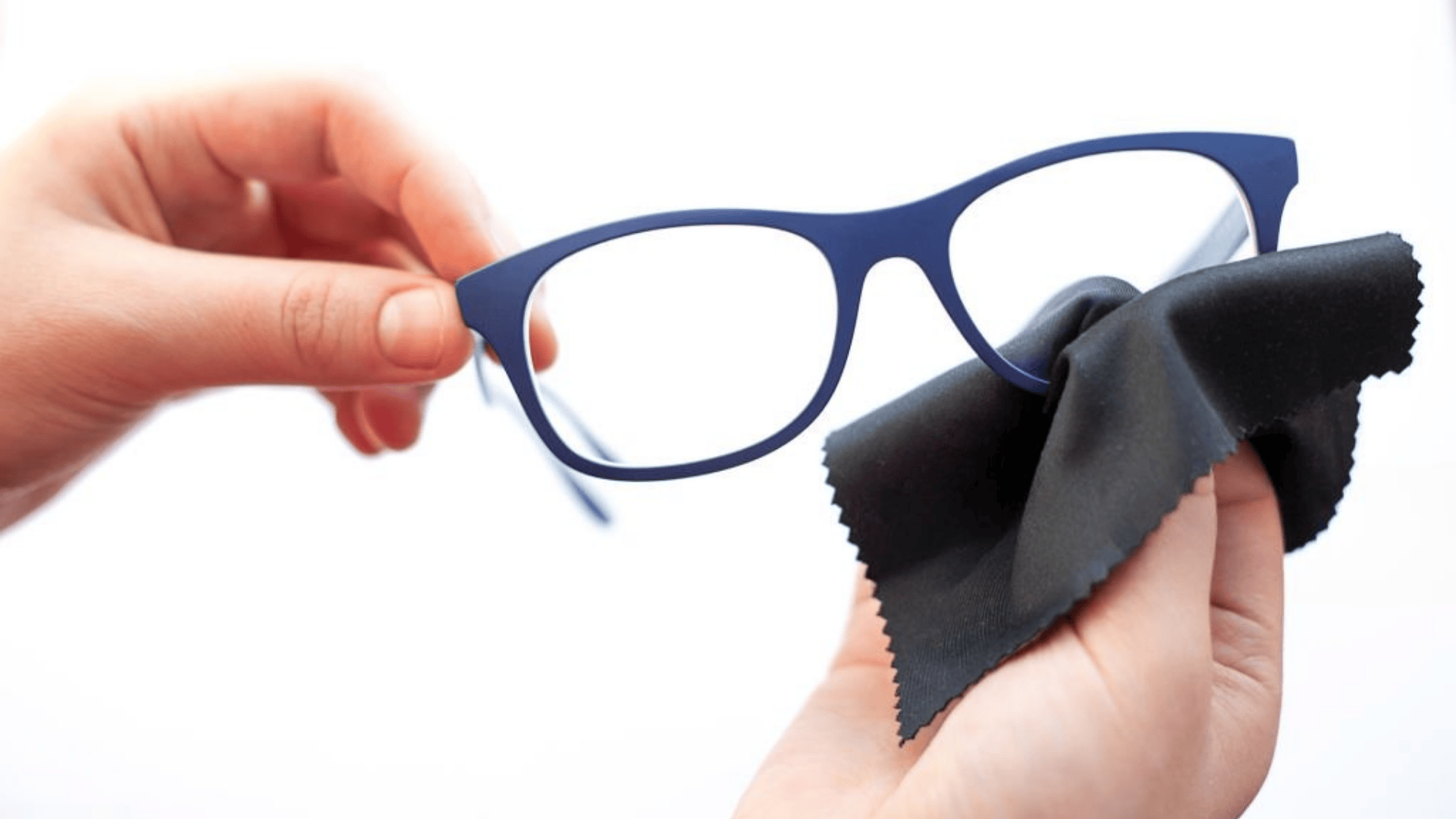
Photochromic glass has revolutionized the eyewear industry with its ability to adapt to varying light conditions. Among the most notable products is Corning PhotoGray, a commercial photochromic glass known for its dynamic light-sensitive properties. This glass not only provides comfort and convenience but also demonstrates a fascinating interplay of science and technology.
At its core, photochromic glass contains molecules that react to ultraviolet (UV) and infrared (IR) light. When exposed to UV light, such as sunlight, the molecules undergo a chemical change, causing the glass to darken and reduce glare. This process enhances visibility and protects the eyes from harmful UV rays. Interestingly, the reverse process, or "bleaching," occurs when the glass is exposed to infrared light in the absence of strong UV. This feature allows the glass to transition back to its clear state, ensuring optimal visibility indoors or during nighttime.
Advancements in Photochromic Glass
Over the years, Corning has pushed the boundaries of photochromic technology, developing variations with distinct properties. One of the leading researchers in this field, Roger Araujo, dedicated much of his career to exploring the potential of custom photochromic glass. Although retired now, his contributions have left a lasting impact on the industry.
Through Araujo's work, Corning explored prototypes that respond more efficiently to UV light and retain their darkened state until exposed to specific wavelengths of visible red light. This innovation not only improves performance but also broadens the applications of photochromic glass in various industries.
Custom Photochromic Solutions
One of the most exciting aspects of photochromic technology is the ability to tailor glass to specific requirements. Custom photochromic glass can be designed to darken more rapidly, remain dark for longer durations, or respond to unique light conditions. Such specifications are particularly valuable for individuals with specialized needs, such as enhanced UV protection or prolonged outdoor exposure.
Corning's ability to produce custom photochromic solutions makes it a leader in the field. While commercial offerings like PhotoGray cater to a broad audience, customized options provide a personalized experience for users who require precise performance.
Applications Beyond Eyewear
Although photochromic glass is predominantly associated with eyeglasses, its applications extend far beyond personal eyewear. Automotive windows, architectural designs, and even scientific instruments benefit from the adaptive qualities of photochromic glass. By adjusting to light conditions, these glasses improve energy efficiency, enhance user comfort, and ensure durability in dynamic environments.
The Future of Photochromic Glass
As technology advances, the possibilities for photochromic glass continue to expand. With ongoing research, we may soon see glasses that transition faster, provide greater color stability, or offer enhanced durability. Innovations like these could make photochromic glass even more accessible and practical for a variety of uses.
Corning's PhotoGray and its derivatives represent a perfect blend of functionality and innovation. By combining science with everyday practicality, photochromic glass remains a testament to how advanced materials can improve our daily lives. Whether you’re wearing sunglasses that adapt to the sun or using architectural glass that optimizes indoor lighting, photochromic technology is a shining example of progress in material science.
